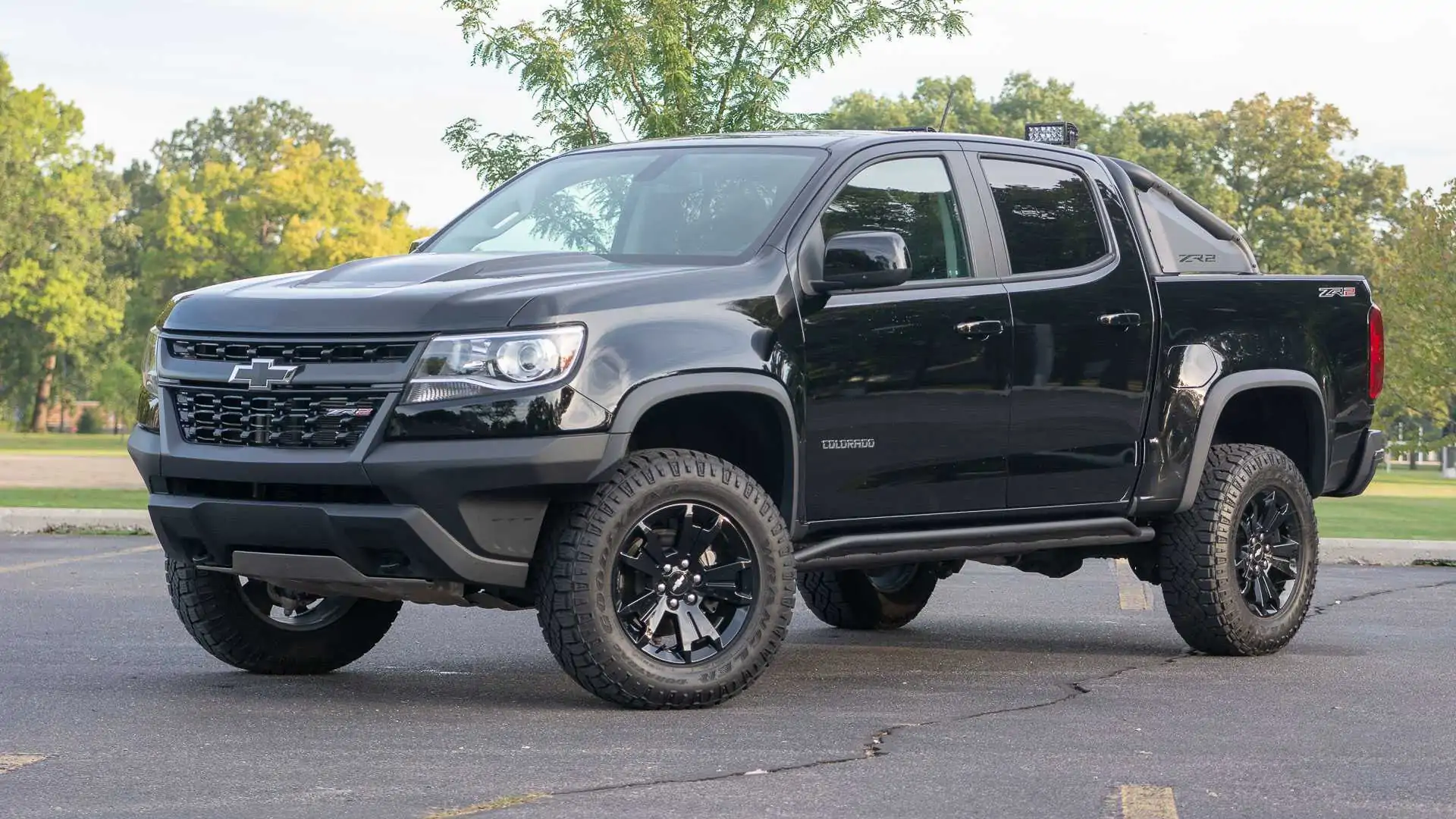Trucks are engineered for toughness, but not all of them are built to withstand the same environmental challenges. For drivers in regions like Arizona, Nevada, parts of Texas, the Middle East, or Australia’s Outback, extreme heat isn’t a seasonal inconvenience—it’s a daily reality.
In such climates, vehicle performance can be compromised in many subtle and not-so-subtle ways. Engines overheat, air conditioning systems strain, plastic components degrade faster, and fluids evaporate more quickly.
In the world of trucks, where durability is often a primary selling point, some models truly rise to the occasion, while others fall short when exposed to the relentless punishment of high temperatures.
Extreme heat doesn’t just challenge engines; it affects transmissions, electronics, and even tire integrity. Trucks that perform well in moderate climates may buckle when the mercury climbs past 110°F (43°C) for extended periods.
On the other hand, trucks built with robust cooling systems, heavy-duty materials, and well-designed thermal management tend to prove their mettle in hot climates.
For consumers living or working in desert regions or anyone planning to use their truck for towing or off-roading in high-heat scenarios, it’s essential to know which models have a proven record of resilience and which ones are known for heat-related reliability issues.
This article takes a close look at five trucks that consistently hold up well in extreme heat and five that are more prone to overheating or thermal-related breakdowns. These observations are based on trends in design, cooling system architecture, build quality, and owner experiences.
While some trucks thrive thanks to advanced engineering, others falter because of weak radiators, poor airflow management, or subpar component materials. Whether you’re a weekend warrior looking for a reliable desert off-roader or a contractor who depends on their truck for daily work under a scorching sun, understanding which trucks are truly heat-hardy is key.
Also Read: 10 Best Hybrid Cars of 2025 That Balance Fuel Efficiency, Reliability, and Everyday Comfort
Trucks That Hold Up Well in Extreme Heat

1. Toyota Tacoma
The Toyota Tacoma has earned a reputation for bulletproof reliability, and one of its standout qualities is its ability to perform exceptionally well in extreme temperatures.
The Tacoma’s cooling system is robust and has been tested in harsh environments, from the deserts of the American Southwest to the rugged outback of Australia. With a well-sized radiator, intelligent fan management, and quality engine materials, the Tacoma resists overheating even under heavy loads and extended off-road drives.
Tacoma engines, particularly the 3.5-liter V6, are engineered for endurance rather than raw power. This conservative tuning means that they are less likely to strain under extreme conditions, allowing for a more stable heat profile.
Additionally, the truck’s airflow design allows for efficient heat dissipation, which is a major factor in maintaining engine and transmission temperature balance in scorching weather. This design also contributes to the longevity of other components like alternators, belts, and sensors, which are often affected by heat stress.
The Tacoma’s reliability in hot weather is not just anecdotal—it’s something that many long-term owners in warm regions report consistently.
Many Tacomas operate well past 200,000 miles without significant cooling system failures. This kind of thermal endurance makes the Tacoma a go-to choice for off-road enthusiasts and professionals who operate in desert climates or use their trucks in heavy-duty work under the blazing sun.

2. Ford F-150 (EcoBoost and V8 Models)
The Ford F-150, especially with the 3.5L EcoBoost or the 5.0L V8, handles extreme temperatures with surprising ease. Ford has invested heavily in the thermal management of its modern F-150 lineup, designing them with desert-tested cooling systems that prevent heat soak, even when towing trailers uphill in 100+ degree temperatures.
This makes it one of the best all-around trucks for performance and reliability in extreme climates. EcoBoost engines, while turbocharged, feature intercoolers that are efficiently cooled even in high ambient temperatures.
Ford’s electronically controlled fans and multiple radiator options—depending on trim and towing package—ensure that the cooling system adapts to the engine’s demands dynamically. Whether it’s off-roading or highway hauling in triple-digit heat, the F-150’s technology helps keep the engine cool and responsive.
It’s also worth noting that the F-150’s climate control systems are among the best in class. The truck’s interior doesn’t just resist heat but actively combats it with rapid cabin cooling and UV-resistant materials that delay interior degradation.
The truck’s performance doesn’t lag even after prolonged exposure to heat, making it a dependable companion for those in hotter states or countries.
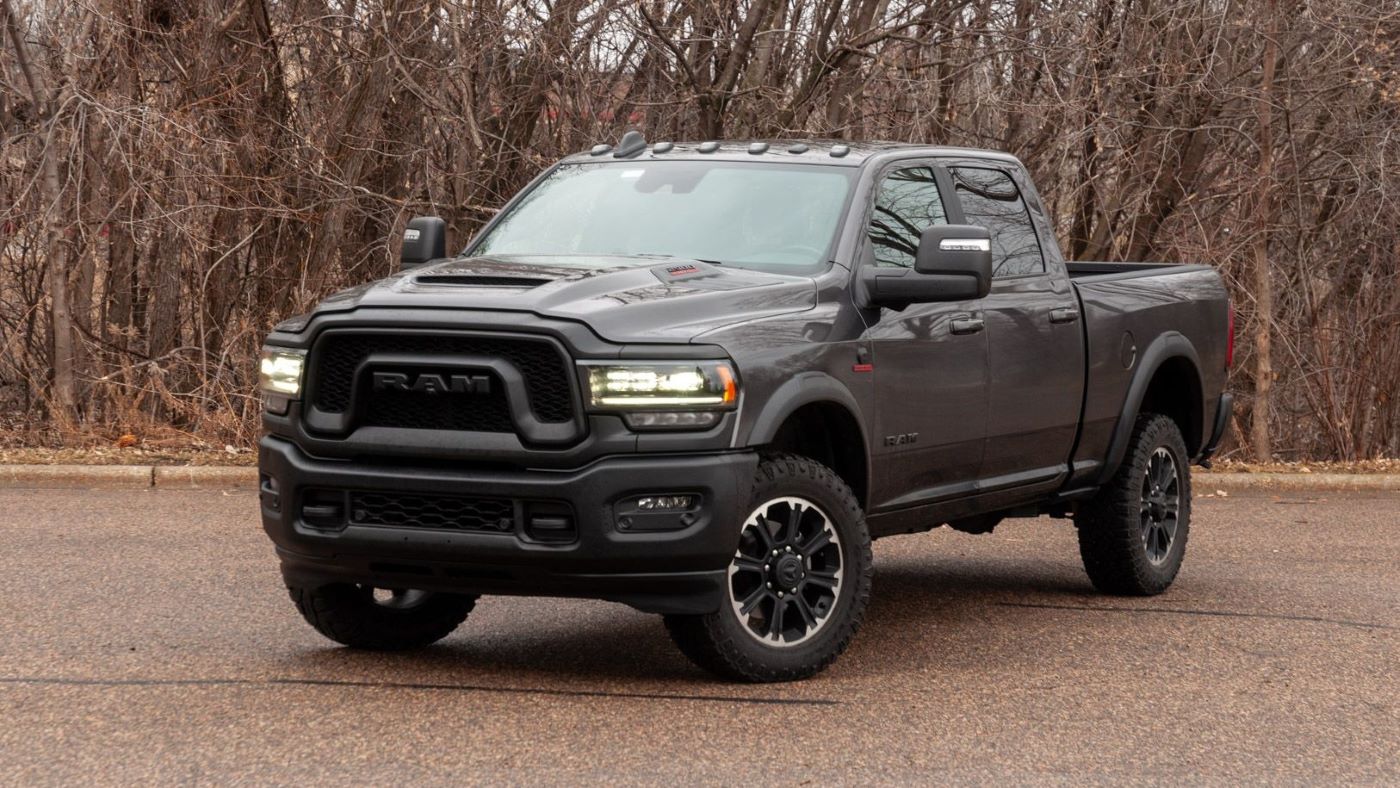
3. Ram 2500 (Cummins Diesel)
If you’re dealing with extreme heat and heavy-duty workloads, few trucks match the thermal durability of the Ram 2500 equipped with the Cummins diesel engine. This truck is built with industrial-grade cooling components and designed for prolonged towing and hauling in hot environments.
Its massive radiator and high-capacity cooling fans are specifically engineered for endurance, not just comfort. The Cummins engine itself is overbuilt by light-duty standards, with thick cylinder walls, durable head gaskets, and a well-balanced turbo system that resists heat-related fatigue.
While diesel engines typically run hotter than gasoline engines, the Ram 2500’s thermal management system ensures heat is consistently dissipated, even in punishing terrain or high-load situations. Many Ram 2500 owners in desert climates report minimal issues related to overheating, even when pushing the truck’s limits.
Another reason the Ram 2500 thrives in the heat is its heavy-duty transmission cooler and optional auxiliary cooling packages. These features help keep the automatic transmission from slipping or overheating when towing trailers up steep grades in intense heat. The truck is essentially built to be a workhorse in all conditions, and extreme heat is one of the conditions it handles best.
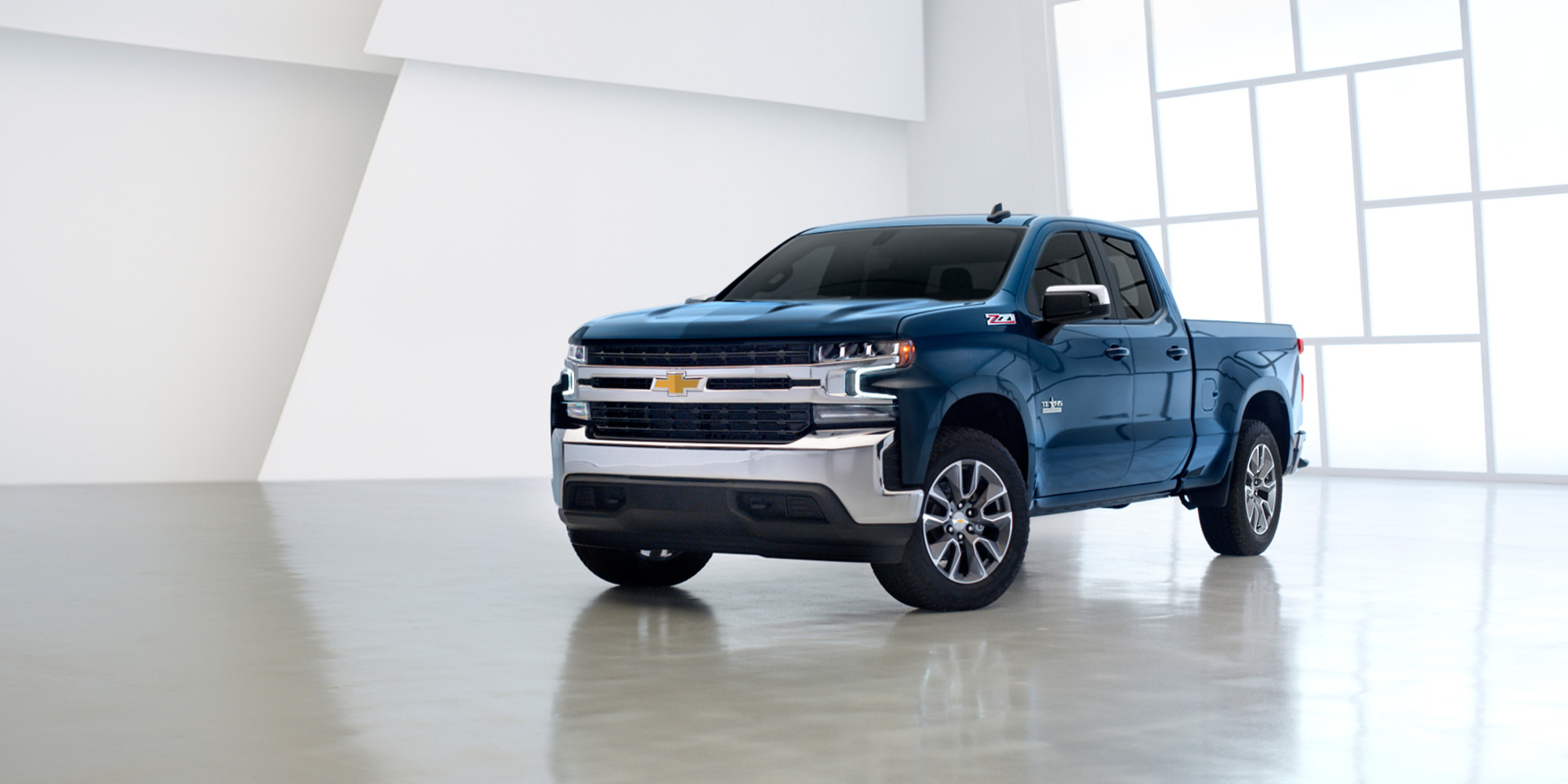
4. Chevrolet Silverado 1500 (5.3L or 6.2L V8)
The Silverado 1500, particularly in V8 configurations, is a heat-resilient truck that has proven itself in high-temperature environments. GM’s small-block engines are built with strong metallurgy and are paired with carefully engineered radiators and fan systems.
The 5.3L and 6.2L V8s benefit from a relatively simple yet effective cooling design that manages heat well even during towing or extended driving sessions in the heat.
Silverados are known for having excellent airflow through the front grille, which helps in engine and transmission cooling. The placement and orientation of the cooling components within the engine bay also promote thermal efficiency, helping to prevent heat buildup in any one area.
Owners in states like Arizona and New Mexico often highlight how their Silverados maintain temperature stability, even during aggressive use or stop-and-go traffic on scorching pavement.
Chevy has also paid attention to interior thermal comfort. The Silverado’s cabin features heat-resistant materials and a robust climate control system that helps maintain driver comfort.
These are small things that add up during long drives in unforgiving weather. Combined with a reputation for long-term mechanical resilience, the Silverado stands out as a solid choice for heat-heavy environments.
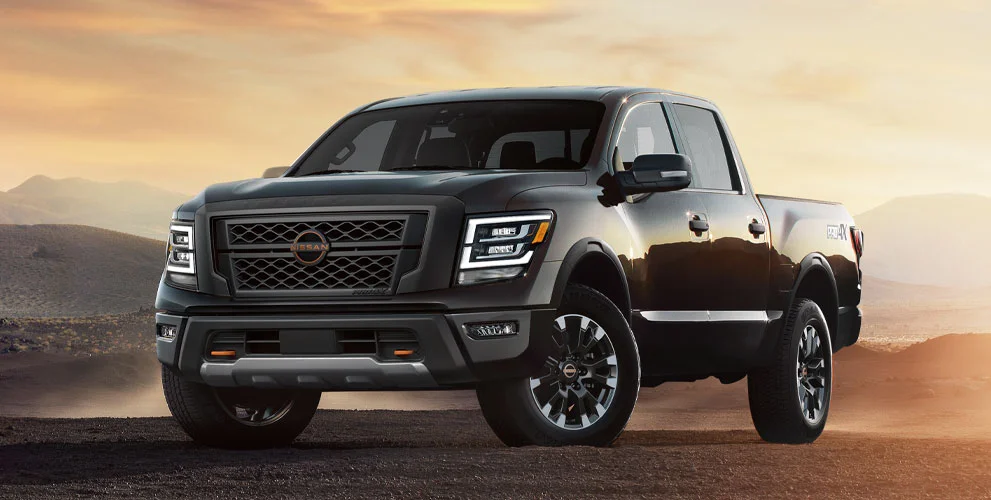
5. Nissan Titan
The Nissan Titan often flies under the radar, but it performs admirably in hot climates thanks to its straightforward, rugged design. The 5.6L Endurance V8 engine is less technologically complex than turbocharged options, but that simplicity works in its favor when it comes to thermal resilience.
The Titan’s cooling system is more than capable of keeping the engine at optimal temperatures, even during hot summer months in desert environments.
The truck’s air conditioning system is particularly powerful, offering quick cabin cooling even after sitting in direct sunlight. The layout under the hood is relatively uncluttered, which contributes to better airflow and heat dissipation.
While the Titan may not have the same off-road prestige as the Tacoma or the F-150 Raptor, it holds its own in terms of durability under heat stress.
In terms of reliability, the Titan has fewer reports of overheating or thermal breakdowns compared to some of its competitors, especially in its V8 form. While it might not lead the pack in advanced features or fuel efficiency, it earns a place on this list due to its consistent, no-fuss performance in challenging heat-heavy scenarios.
Trucks That Overheat Quickly in Extreme Heat

1. Ford Ranger (Turbocharged 2.3L)
While the Ford Ranger is a capable midsize truck, it tends to struggle with heat management, especially in models equipped with the turbocharged 2.3L EcoBoost engine.
Turbocharged engines inherently run hotter than naturally aspirated ones, and the Ranger’s relatively compact cooling system can become overwhelmed under stress in high temperatures, especially during towing or off-roading.
One of the common complaints from owners in hot climates is the rapid climb of coolant and oil temperatures under load. The cooling fan can be slow to respond, and the radiator capacity isn’t always enough to bring temperatures down quickly once elevated.
This can lead to thermal shutdown warnings or limp mode activations, which are frustrating and potentially dangerous in remote desert locations.
While the Ranger performs well in temperate climates, its limitations become clear when faced with consistent triple-digit temperatures. Even with auxiliary coolers, the truck sometimes doesn’t recover heat quickly enough, leading to long-term stress on the engine and turbo components. This makes it a less-than-ideal option for hot-climate use.

2. Jeep Gladiator (Especially V6 Gas Models)
The Jeep Gladiator offers incredible off-road capability, but when it comes to heat resilience, particularly in its 3.6L Pentastar V6 models, it has noticeable weaknesses.
The engine can run hot under moderate loads, and the truck’s aerodynamic inefficiency doesn’t help with cooling. When climbing rocky trails or navigating desert dunes, the Gladiator can quickly experience heat stress.
Jeep’s traditional design prioritizes off-road maneuverability over thermal performance. The grille openings, while rugged in appearance, don’t always allow enough air to cool the radiator effectively during slow-speed travel in hot weather.
Moreover, the V6 tends to strain more than competitors when towing or climbing in extreme heat, increasing the likelihood of overheating.
Several owners have reported incidents of the vehicle entering limp mode or triggering temperature warnings during relatively routine off-road excursions in the summer. While aftermarket modifications can improve performance, the stock configuration of the Gladiator leaves a lot to be desired when it comes to handling extreme heat.

3. Chevrolet Colorado (Especially Older 3.6L Models)
The Chevrolet Colorado, while popular in the midsize segment, has struggled with heat management, especially in older models equipped with the 3.6L V6 engine.
This engine configuration, though reasonably powerful, was paired with a cooling system that some critics and long-time owners consider undersized for prolonged heavy-duty use.
When operated in extremely hot climates, particularly during towing or high-speed driving on desert highways, this engine can become noticeably heat-soaked, leading to increased wear and potential mechanical issues over time.
Part of the problem lies in the relatively small radiator and limited airflow due to design constraints in the front fascia. Unlike full-size trucks with large engine bays and high-capacity cooling components, the Colorado sacrifices some of that space to maintain a compact profile.
Unfortunately, this limits the size and effectiveness of the radiator and cooling fan assemblies. In addition, because the Colorado was designed to offer a more car-like driving experience, some of the rugged underpinnings that support temperature endurance in extreme climates were deprioritized in favor of comfort and fuel economy.
Moreover, once the engine starts to run hot, recovery can be slow, especially in urban stop-and-go traffic or off-road trails where airflow is restricted.
While later models improved some of the cooling shortcomings, the Colorado’s earlier iterations are still prevalent on the used market and frequently show up in forums and user reviews as being vulnerable to overheating when pushed hard in high-temperature environments.
Owners operating in hotter states often seek aftermarket cooling upgrades to mitigate these issues, which can be a telling sign of the truck’s limitations in stock form.
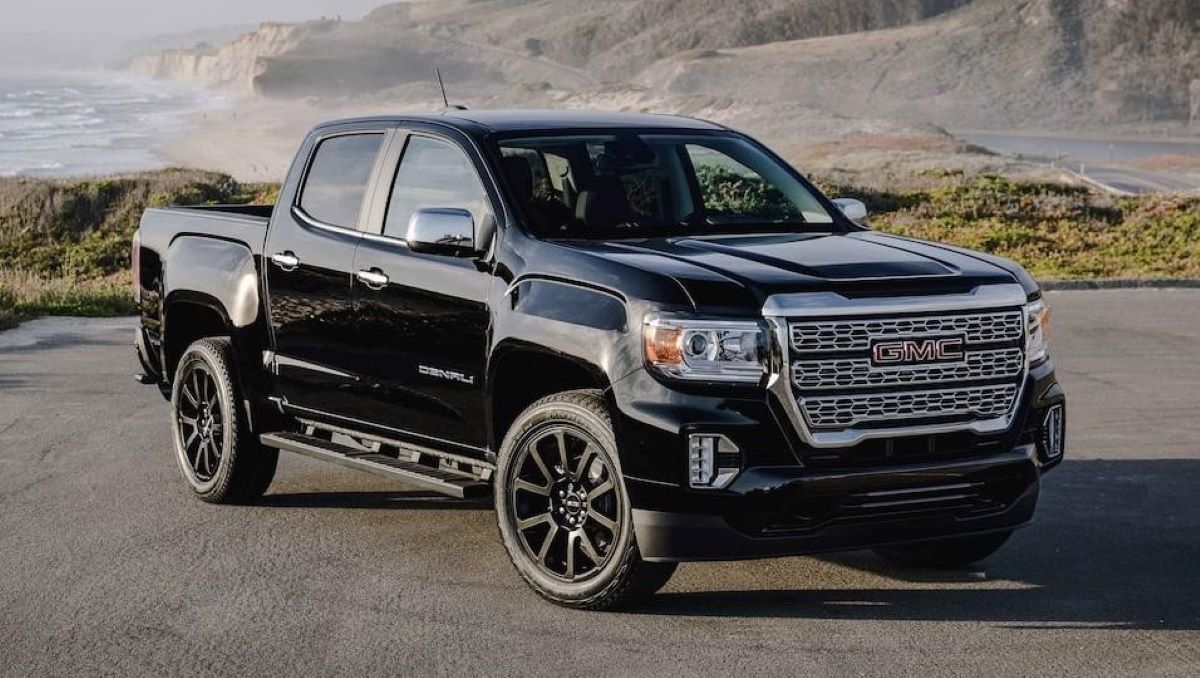
4. GMC Canyon (Similar Issues to Colorado)
Closely related to the Chevrolet Colorado, the GMC Canyon shares many of the same components and design philosophies—and unfortunately, that includes a tendency to struggle with thermal management in hot conditions.
Built on the same platform and using similar powertrains, particularly the 3.6L V6, the Canyon inherits the same heat-related drawbacks that plague the Colorado. Despite branding and cosmetic differences, the mechanical realities remain, making it another midsize truck that falters under prolonged thermal stress.
The Canyon’s radiator size and fan operation settings are not ideally suited for the kinds of high ambient temperatures experienced in desert environments.
This is especially evident when towing a trailer or driving up long grades in the heat. The engine will often run at the upper end of its temperature range, and while it may not immediately overheat, this sustained thermal load can contribute to premature wear on seals, gaskets, and sensitive electronics.
For a truck that markets itself as both a city commuter and light-duty workhorse, this heat vulnerability is a significant downside for anyone in hot climates.
Another factor contributing to the Canyon’s performance issues in extreme heat is the relatively enclosed engine bay, which limits passive cooling. Unlike larger trucks with more under-hood breathing room, the Canyon can trap heat around the engine block and transmission.
This can further compound problems when using the truck for heavy-duty purposes in the summer months. Although it shares some positive traits with the Colorado, such as good ride quality and efficiency, its inability to comfortably manage heat under stress limits its utility for drivers in places where temperatures routinely climb above 100°F (38°C).
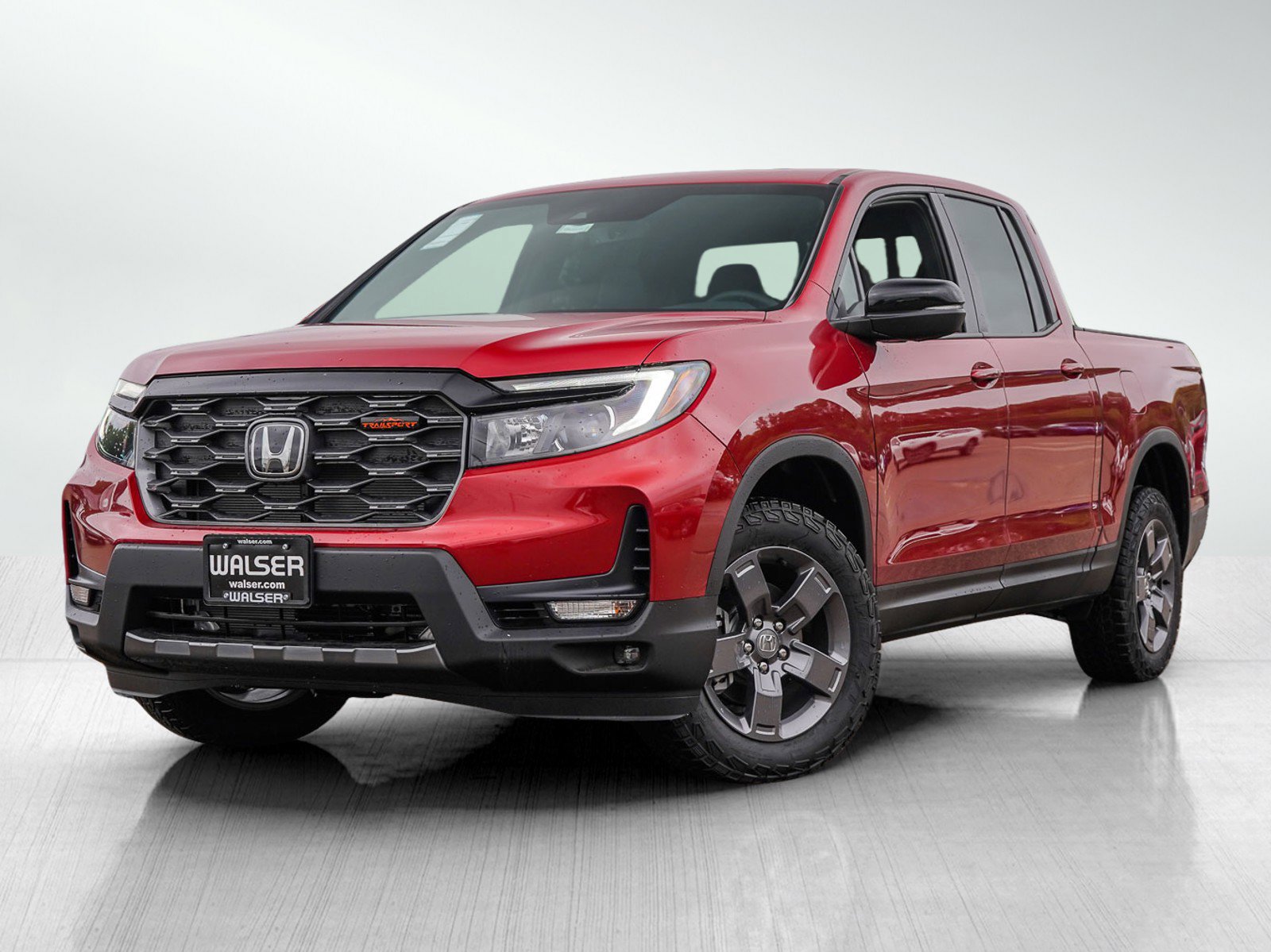
5. Honda Ridgeline
The Honda Ridgeline is a unique offering in the truck segment. Built on a unibody platform shared with SUVs like the Honda Pilot, it prioritizes comfort and on-road performance over rugged, heavy-duty capabilities.
While this makes it an excellent choice for urban drivers and those looking for a crossover-truck hybrid, it also results in certain compromises, especially when it comes to thermal performance under extreme conditions.
In high-temperature environments, the Ridgeline tends to exhibit weaknesses in heat dissipation, especially during towing or steep ascents.
One major limitation of the Ridgeline is its compact and tightly packed engine bay. The 3.5L V6 engine shares similarities with those in Honda’s passenger vehicles, and while it’s capable of decent power output, it isn’t designed for prolonged high-load operation in extreme heat.
The smaller radiator and relatively modest fan system can become overworked, particularly when the vehicle is fully loaded. This leads to instances of elevated coolant temperatures, slower cooling recovery times, and in some cases, temporary power reduction to protect the engine.
Further complicating things is the Ridgeline’s lack of optional heavy-duty cooling packages. While other trucks offer auxiliary coolers or high-capacity radiators in tow packages, the Ridgeline largely sticks to a one-size-fits-all configuration. This limits its versatility in extreme environments, as it cannot be easily upgraded to meet more demanding thermal conditions.
Owners who use the Ridgeline in desert areas often report needing to stop more frequently on long drives or avoid towing during the hottest hours of the day. While the Ridgeline is excellent in many regards, enduring extreme heat isn’t its strong suit.
Also Read: 10 Best Synthetic Oils for Engine Longevity and Peak Performance
Extreme heat is an environmental challenge that can reveal hidden weaknesses in even the most popular vehicles. When temperatures rise above 100°F, the margin for mechanical error narrows, and vehicles that perform admirably in normal climates can begin to show their vulnerabilities.
This is particularly true for trucks, which are often used in high-stress conditions such as towing, off-roading, or long-distance driving. For those living in hot climates or planning to operate in extreme temperatures regularly, choosing a truck with proven heat resilience is more than a matter of convenience—it’s a matter of reliability and safety.
Among the standout performers in extreme heat are the Toyota Tacoma, Ford F-150, Ram 2500 with the Cummins diesel, Chevrolet Silverado, and Nissan Titan. These trucks consistently prove themselves in the harshest conditions thanks to superior cooling system designs, thermally efficient engine architectures, and durable materials that resist heat-induced wear.
These models aren’t just praised for power or aesthetics; they’re trusted by those who push their trucks to the limit in some of the most unforgiving climates on Earth.
On the flip side, trucks like the Ford Ranger, Jeep Gladiator, Chevrolet Colorado, GMC Canyon, and Honda Ridgeline, while solid performers in many respects, have shown a tendency to falter when the heat is on—literally. Whether it’s due to undersized radiators, inefficient airflow, or platform limitations, these vehicles are more prone to overheating or experiencing heat-related stress during intense operation.
That doesn’t mean they’re bad trucks overall—but for drivers who live or work in places where the heat never lets up, it’s crucial to recognize their limits and weigh them against the demands of the environment. In hot climates, thermal performance isn’t a luxury—it’s a necessity.

